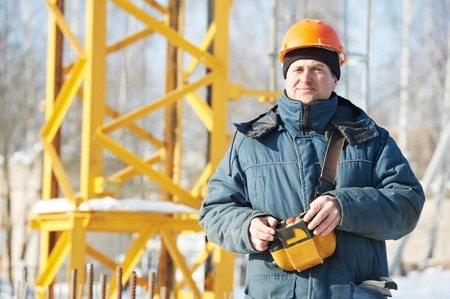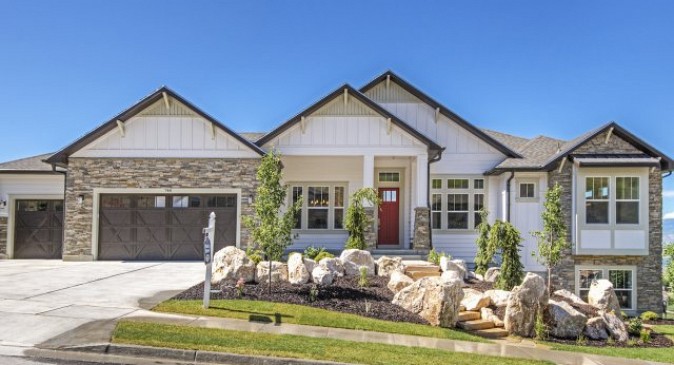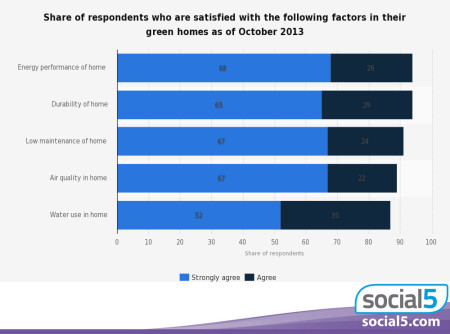How to buy real estate in Utah
For most of us, real estate means a home. But there are many more financial and legal elements you need to be aware of when purchasing a new piece of property. When you’re looking at buying a custom home or investing in other real estate in Utah, there are some things you need to know before you sign on the dotted line.
Before you decide on a home or real estate, shop around for mortgage lenders. Find out how much you are qualified to borrow. This refers to the amount of money they are willing to lend you based on household income, existing debt, age, expenses and other factors. You can find online mortgage qualifier tools to get a general idea, but you should also talk with banks or other lenders in person.
Based on this information, you’ll know the price range of home or property you should look for. Don’t forget that the purchase price is only part of the total cost. You will also have to pay closing costs, which include fees charged by the mortgage lender, escrow, title insurance, your share of annual property taxes and other fees. Beyond that, you will have to carry the total costs of owning a home including property taxes, insurance, utilities and maintenance. Your real estate agent can walk you through any questions you might have.
Also consider whether you will want to make any upgrades or renovations. (Keep in mind that when you buy a custom home, you’ll move into the exact house you want without needing to do renovations.)
Find a real estate agent
When you’re looking for a home, it’s a good idea to work with a real estate agent. These professionals can explain all the steps, processes and costs involved in buying a home, and they will also look out for your interests when you’re negotiating a home purchase.
An experienced agent will start by asking about your purchase strategy. Are you looking for a custom home to live in, or are you interested in investing in real property? If it’s going to be your home, how long do you intend to live there? Do you have children? Are you planning to have more? If this will be an investment, do you plan to flip it at a profit relatively soon, or do you plan to rent it or lease it long-term?
Your agent will be able to help you find houses in your price range, tell you about desirable neighborhoods and point out the features of the communities you’re considering. Agents experienced in Utah properties can point out problems or issues that you might not notice, too.
Read the fine print
You’ve narrowed down your choices to houses that are in your price range and in desirable neighborhoods. They are near good schools and have the features and amenities you want. Now, you’re ready to make an offer.
Take the time for a careful second look. Utah law requires property sellers to inform prospective buyers about any issues they are aware of that affect a property. These include structural defects and problems with heating, cooling, plumbing, sewage, electrical and other systems. Failing to disclose problems can invalidate a property sale.
Review the purchase contract
The final step in buying a new property is the purchase contract or purchasing agreement. This document for you and the seller is legally binding. it details the terms of the sale, including disclosure of known issues, closing costs and dates, escrow and a home inspection. You should also consult a lawyer licensed in Utah at this stage.
Perform a walk-through inspection
Before the closing date, you need to do a final walk-through inspection. Hire a licensed home inspector experienced in Utah property to come with you to identify any problems. Anything that is not disclosed before this point can represent a reason to walk away from the purchase or to renegotiate the terms of sale.
Request a title search
Before completing the purchase, ask a lawyer to perform a search of public records to ensure the title—the legal ownership of the property—is free of any liens against it. A lien is a loan on the property made to previous title-holders. An attorney can also seek out any other issues that might interfere with the legal transfer of the title to you.
Move in!
At Rainey Homes, we’re happy to work with you and any home inspector, lawyer or other professionals to make sure you get the real estate in Bountiful Utah that you want and deserve.





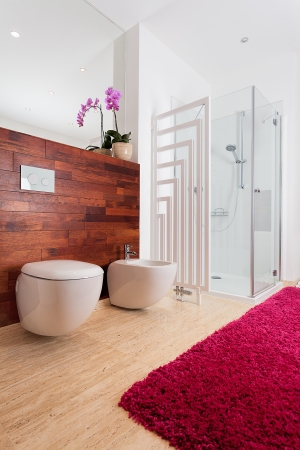
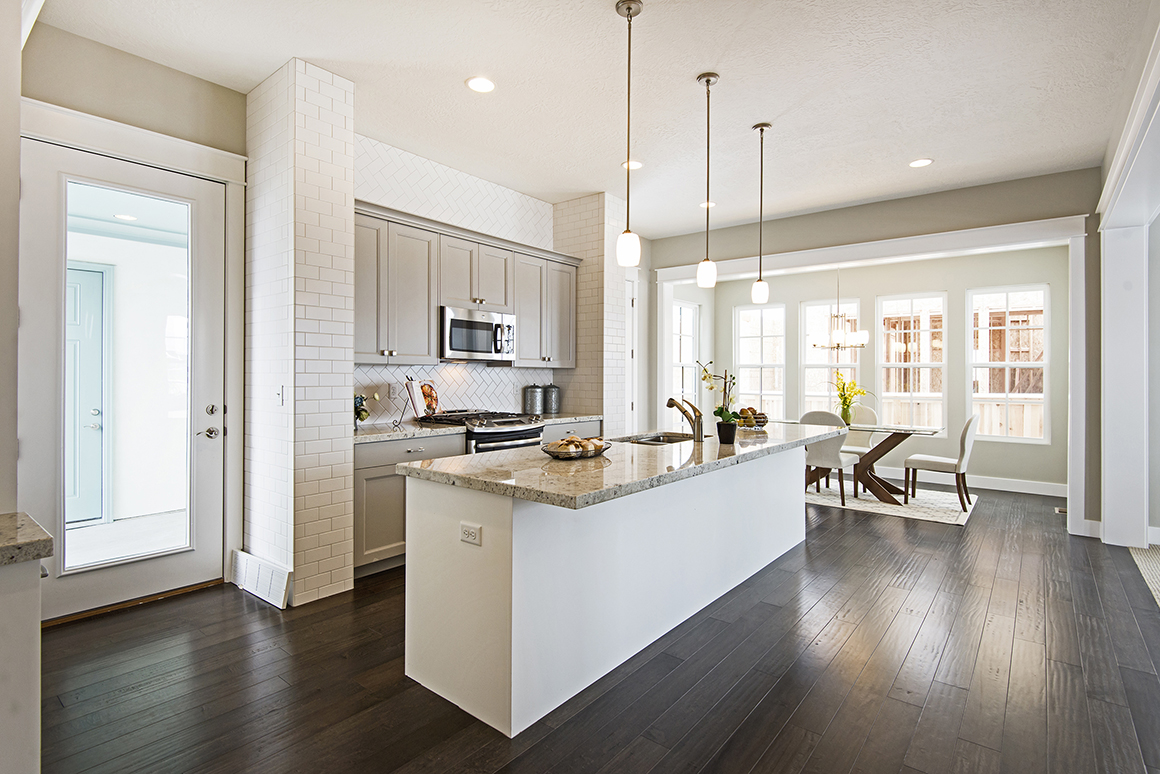
 One of the major reasons for working with a custom home builder such as Rainey Homes is that you can design the custom kitchen you’ve always dreamed of. A custom home builder can offer you a wide range of options for kitchen floors, cabinets, sinks, countertops and more.
One of the major reasons for working with a custom home builder such as Rainey Homes is that you can design the custom kitchen you’ve always dreamed of. A custom home builder can offer you a wide range of options for kitchen floors, cabinets, sinks, countertops and more.